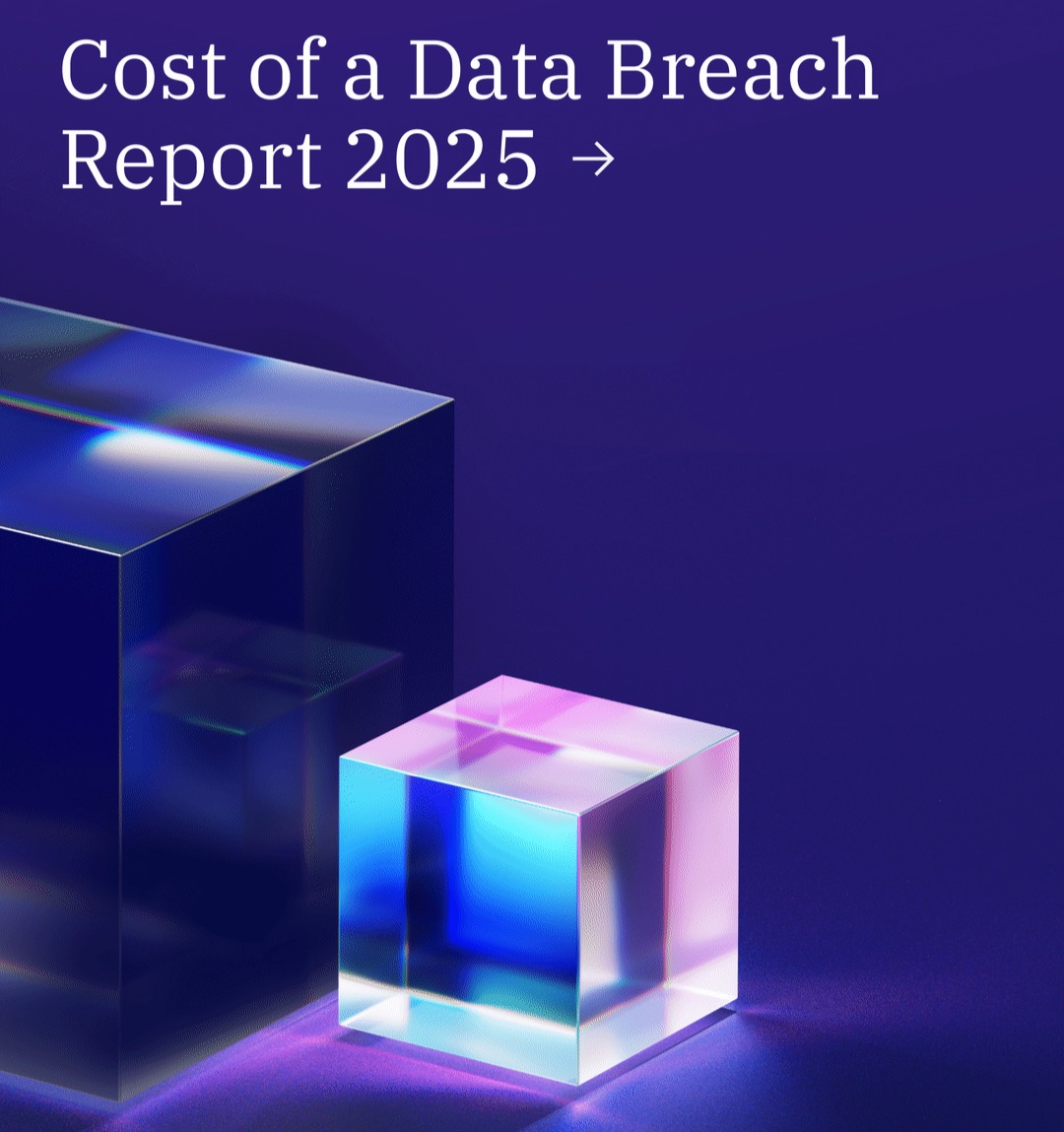As the digital landscape continues to evolve, so too do the risks. According to IBM’s just-released Cost of a Data Breach Report 2025, the global average cost of a data breach has reached an all-time high of $4.59 million, a 1.6% increase from last year, and a staggering 15.3% jump compared to 2020. The data, compiled by IBM Security and the Ponemon Institute, spans incidents across 17 countries and 16 industries, offering a sobering look at the intensifying cyber threat landscape.
India’s Numbers
While India’s average cost per breach was $2.02 million significantly lower than the global average the frequency and velocity of attacks on Indian enterprises have risen notably. The country ranked among the top five in Asia-Pacific for breach volume, with highly regulated sectors such as healthcare, BFSI and energy seeing sharp upticks in targeted cyber incidents.
Indian organizations took an average of 264 days to identify and contain a breach in 2025 slightly better than the global average of 277 days. However, the report warns that breaches caused by stolen credentials, insider threats and misconfigured cloud storage remain major vulnerabilities.
AI and Automation Deliver Cost Savings
Organizations that deployed AI and security automation extensively were able to reduce breach costs by nearly $1.8 million on average, underscoring the role of tech-forward security investments. In contrast, businesses that had no automation in place experienced significantly higher financial impact and longer recovery times.
Healthcare and Finance Sectors Most Affected
The healthcare sector reported the highest breach costs for the 14th consecutive year, with an average of $11.13 million per incident. For the BFSI sector critical in India’s digital transformation narrative the average breach cost stood at $6.5 million, driven by sophisticated ransomware attacks and increasing regulatory penalties.
The Cloud Risk Gap
The report also highlights a growing “cloud risk gap.” While cloud adoption continues to accelerate, misconfigurations and inadequate identity access management in hybrid cloud environments contributed to 82% of the breaches analyzed. In India, where small and mid-sized enterprises are fast migrating to cloud infrastructures, this gap presents a major challenge for cybersecurity resilience.
Boardroom Urgency and Policy Implications
One of the strongest messages from the 2025 report is that cybersecurity is no longer a backroom IT issue, it’s a boardroom and balance-sheet concern. With India pushing forward with digital public infrastructure and MSME digitization, there is an urgent need for stronger public-private coordination, export-grade cybersecurity standards for SMEs and policy awareness across non-urban enterprise clusters.
Read the full IBM–Ponemon 2025 Cost of a Data Breach Report here











